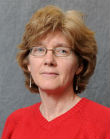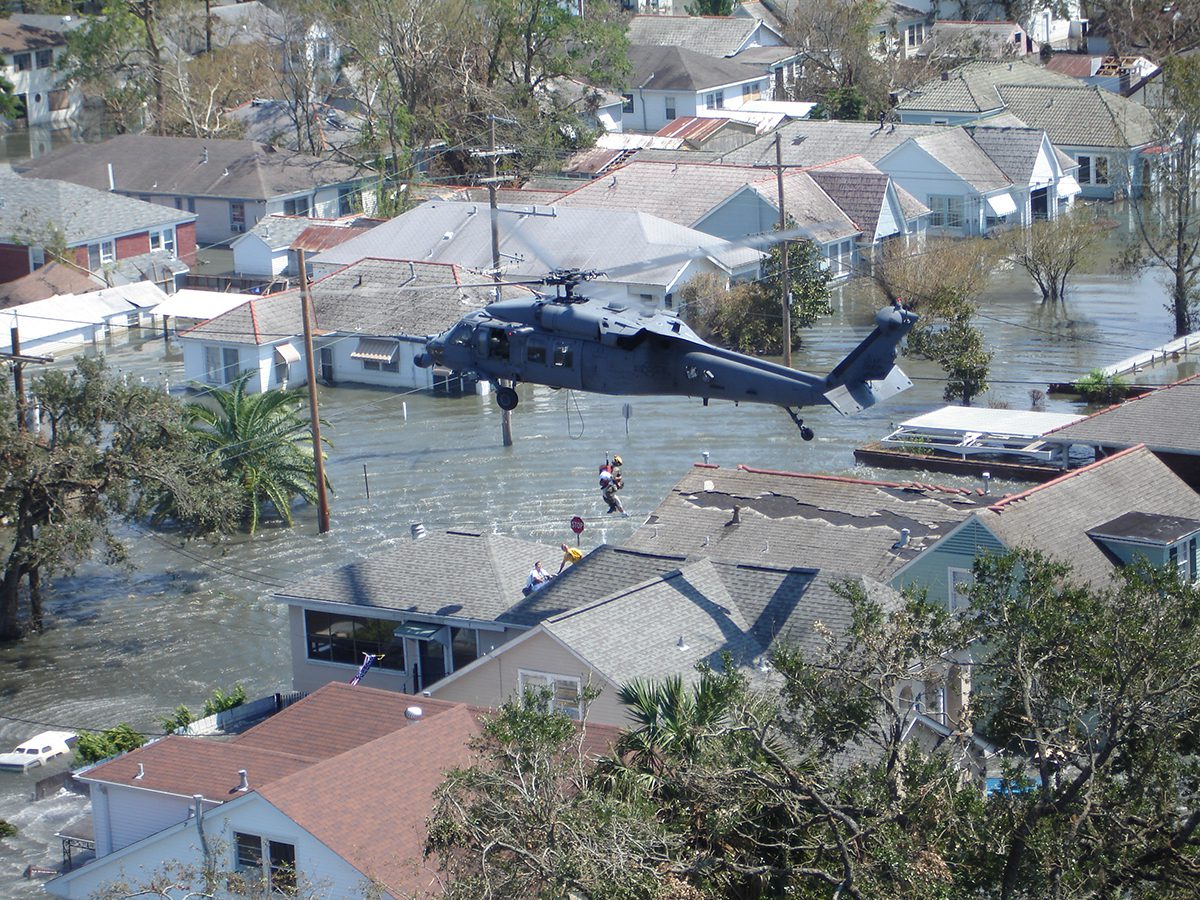BEAUFORT – The state’s long, tortuous and at times rocky journey towards a planning policy to address an expected future of higher seas came through this coastal town yesterday and left a little closer to its destination.
The N.C. Coastal Resources Commission, at its meeting on nearby Pivers Island, charged one of its committees with the task of turning a two-year-old draft policy that met with stiff resistance from development interests and some coastal counties into a friendlier document focused more on education and designed to draw less ire.
Supporter Spotlight

Bob Emory |

Margery Overton |
 Supporter SpotlightRobert Young |
“Where we are with sea-level rise is in the education and dialogue phase,” Bob Emory, the commission’s chairman, said after the meeting. “We have to get people comfortable discussing this.”
That uneasiness became apparent in March 2010 when the commission’s scientific advisors, its Coastal Hazards Science Panel, completed a requested draft policy on future sea-level rise. The oceans, the panel noted after reviewing the best available science on the subject, are expected to rise at an accelerated rate this century because of a warming climate. Ocean water expands as it warms, called thermal expansion, and melting glaciers will add their volume of water. How quickly and how much the seas rise depend on how warm the climate gets and how fast the glaciers melt.
Because of that uncertainty, the panel offered a broad range of forecasts, noting that the Atlantic Ocean along the N.C. coast could rise 15 to 55 inches by 2100, or more than double the historic rate. That prediction is in line with forecasts made by other states. Delaware, for instance, is adopting a plan for sea-level rise of up to 60 inches by the end of the century. Southeast Florida is projecting a 9- to 24-inch rise by 2060, and the California State Lands Commission is preparing for a 55-inch rise by 2100.
In its draft, the commission’s science panel also suggested several planning initiatives to begin adapting to the expected watery future. It also recommended that the plan be updated every five years to incorporate the best available science and forecasts.
But once the report went public, the backlash came swiftly. NC-20, a group representing some coastal counties and development interests, questioned much of the data in the science panel’s report and the basic science underpinning climate change. It offered evidence that it said refuted the contention that sea level is currently rising. The draft plan, it feared, was the first step toward land-use regulations that would stifle economic growth in the coastal counties, and several of those counties passed resolutions opposing the plan.
In the face of such opposition, the Coastal Resources Commission asked the science panel to review the objections. It did so in an addendum that Margery Overton, the panel’s chairwoman, presented yesterday. She affirmed the panel’s original findings, but noted the uncertainty of its forecasts for future sea-level rise. If the ocean rises at the same rate that it has in the past, the debate is moot, she said.
“If you use the historical data and do the math, you don’t get a one-meter (39-inch) rise,” said Overton, an engineering professor at N.C. State University. “So the forecasts are based on the expectation that sea-level rise will accelerate in the future. Acceleration is the key.”
And it could be decades before that happens, Emory noted. “We need to get our arms around sea-level rise,” he told the commission. “I don’t think we’re at a point where rules are necessary, but we need a policy that focuses our attention on sea-level rise.”
He suggested that the commission’s Estuarine and Ocean Systems Committee fashion such a policy from the science panel’s draft. It needs to focus more on educating people and less on forecasting how high the sea might get in the future, he said.
“If there’s anything in there that we don’t need but will only draw fire, it needs to be taken out,” Emory said. “We’re not through the dialogue phase yet. We’re receiving resolutions from local governments at a fairly rapid pace. I don’t want this policy to be seen as a back-door to regulation.”
None of the other commission members suggested an alternate course.
Overton was pleased with the outcome. “I’m happy with it,” she said. “This is a very difficult problem, and we have time.”
Robert S. Young was less enthusiastic. He’s a geologist who heads the Program for the Study of Developed Shorelines at Western Carolina University. He’s also a member of the science panel and one of the primary authors of the addendum to the original report.
“I agree that this isn’t an emergency, but I don’t think we have 30 years to figure this out,” he said. “Nothing will get better in the next decade. Storm damage will only get worse. Beach re-nourishment projects will only get more expensive. Good planning is about preparing for the future.”
But first people have to get comfortable with the concept, Emory said. “I’m not trying to minimize what we might see 50 years from now,” he said. “But we’re not ready to discuss it yet.”







